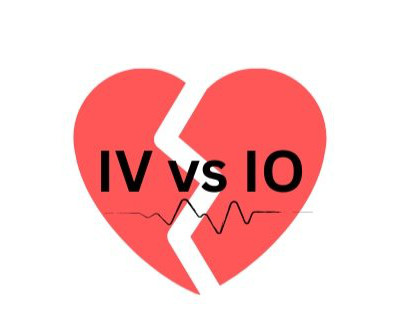SGEM#238: The Epi Don’t Work for OHCA
The Skeptics' Guide to EM
DECEMBER 7, 2018
You are the first provider on scene with Emergency Medical Services (EMS) and start high-quality Cardiopulmonary Resuscitation (CPR). There have been a number of papers published since OPALS that support the findings of not using ACLS drugs like epinephrine for OHCA ( Olavseengen et al. JAMA 2012 and Cournoyer et al.











Let's personalize your content